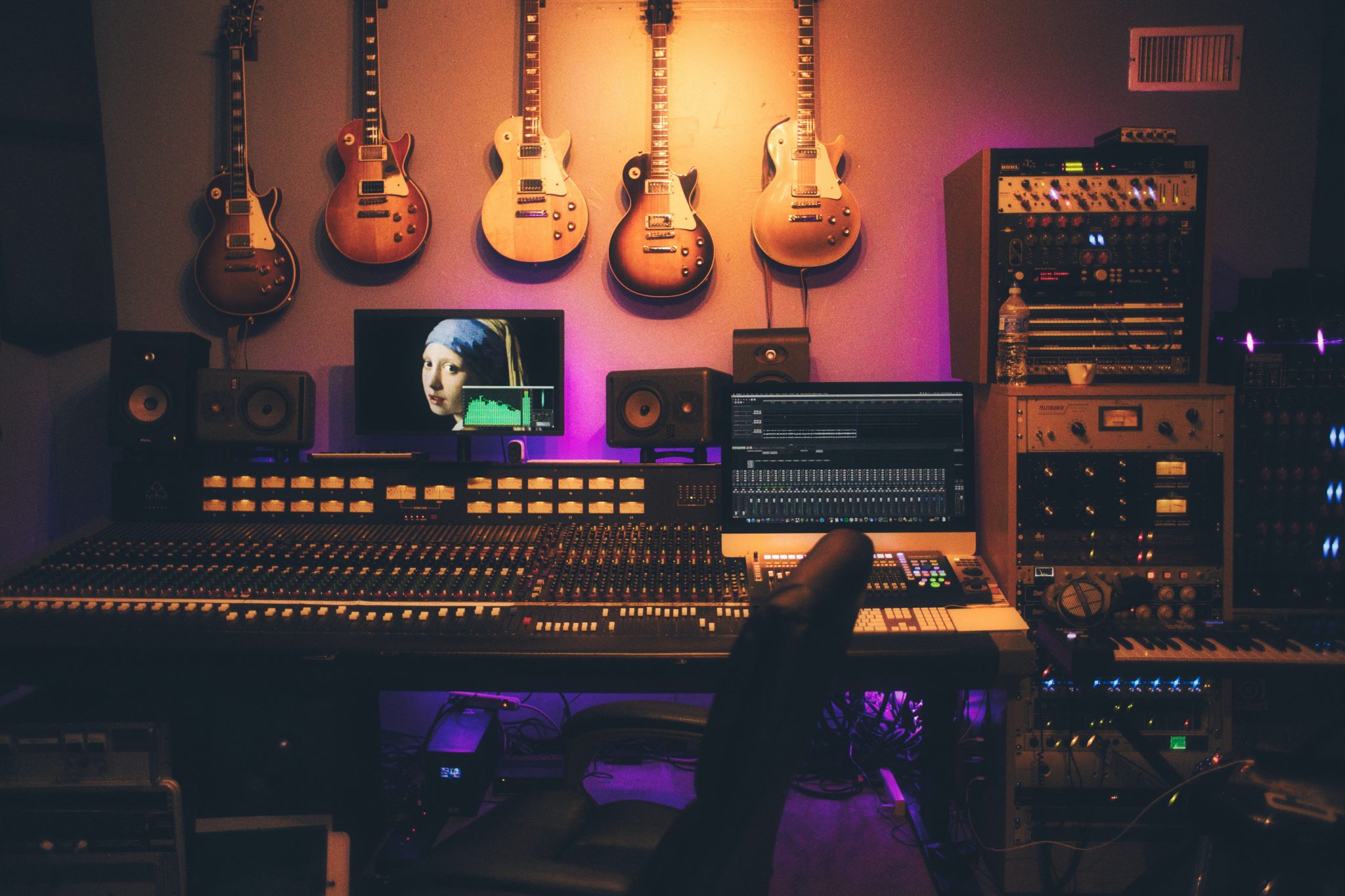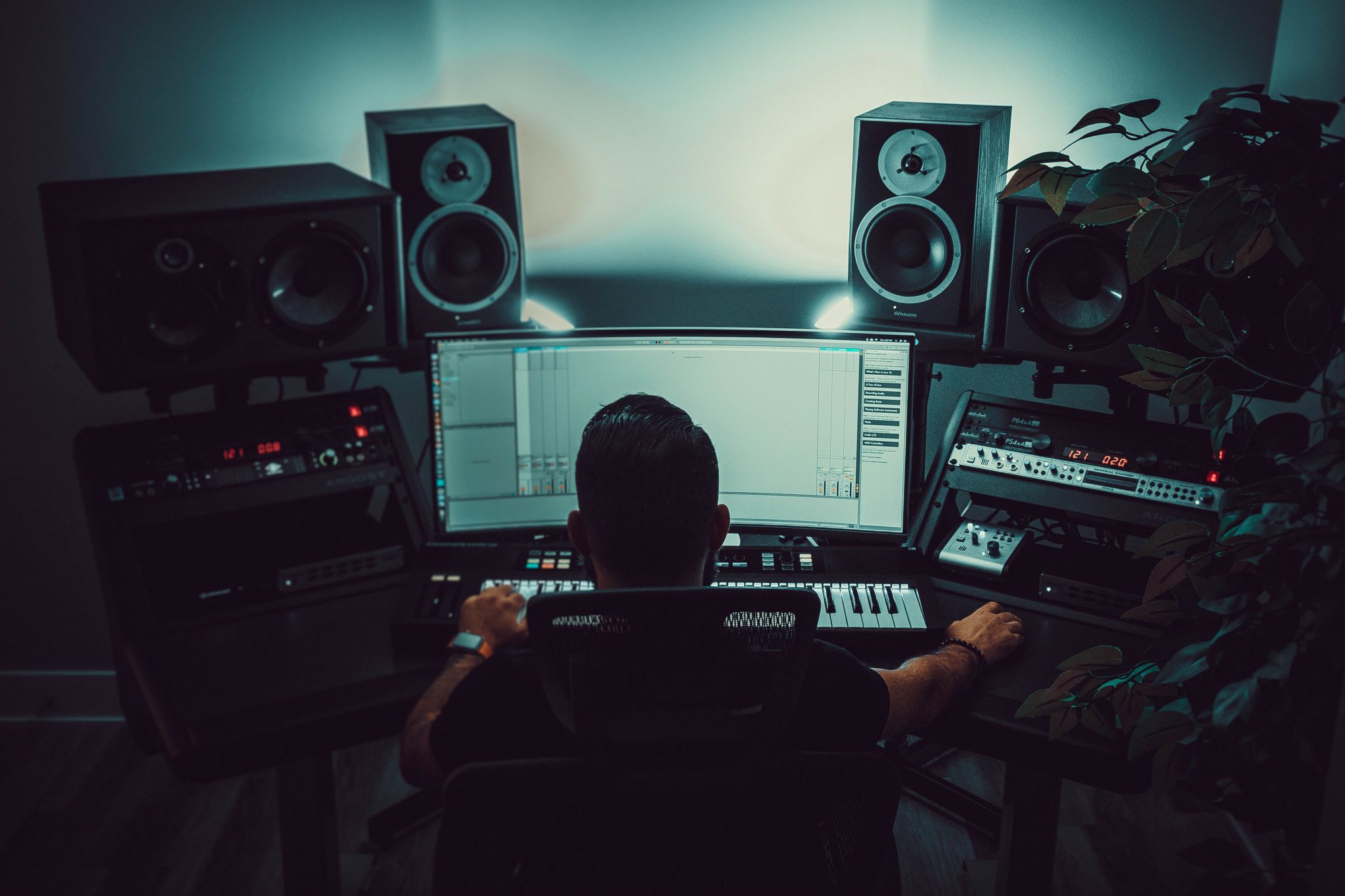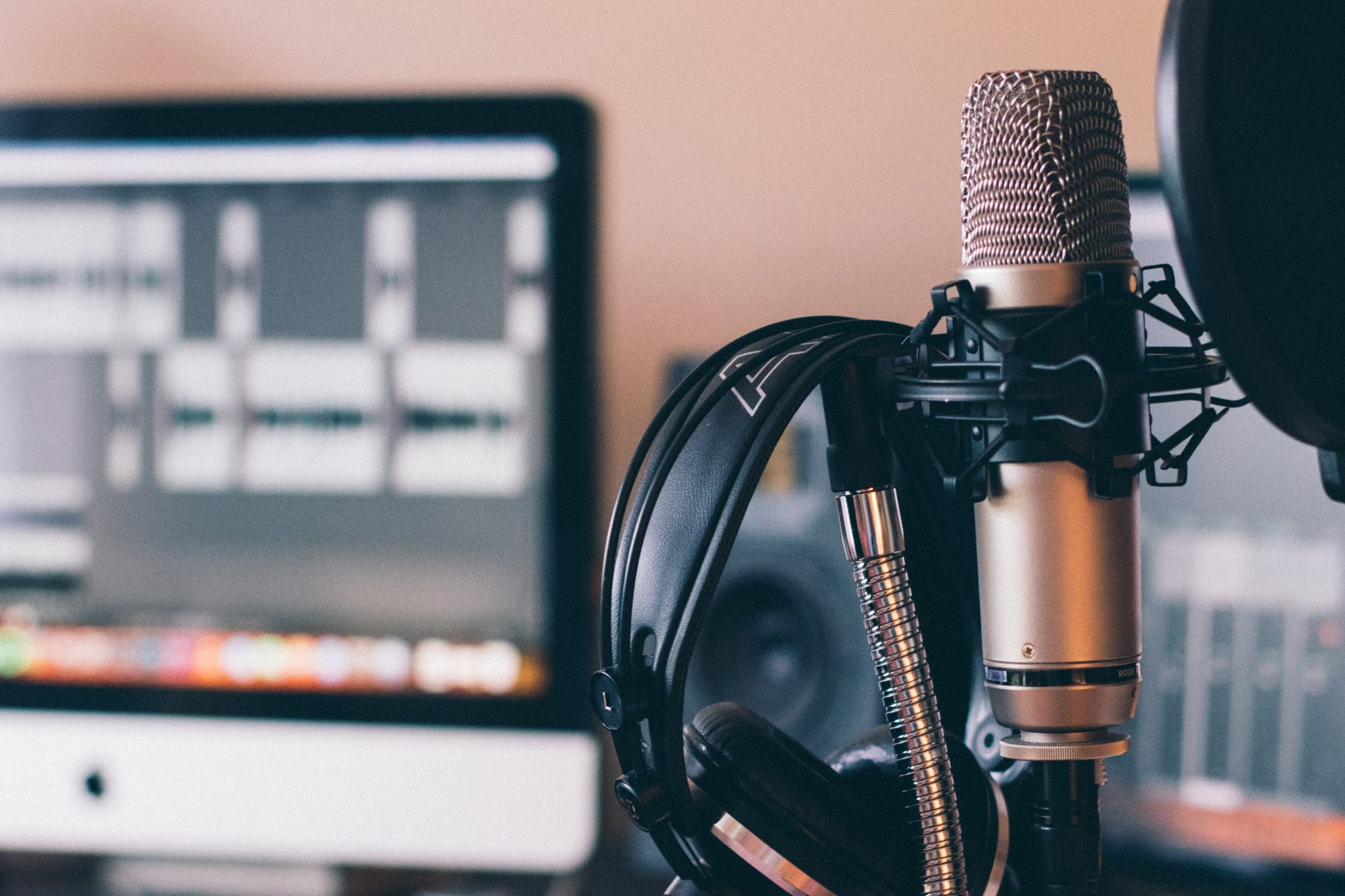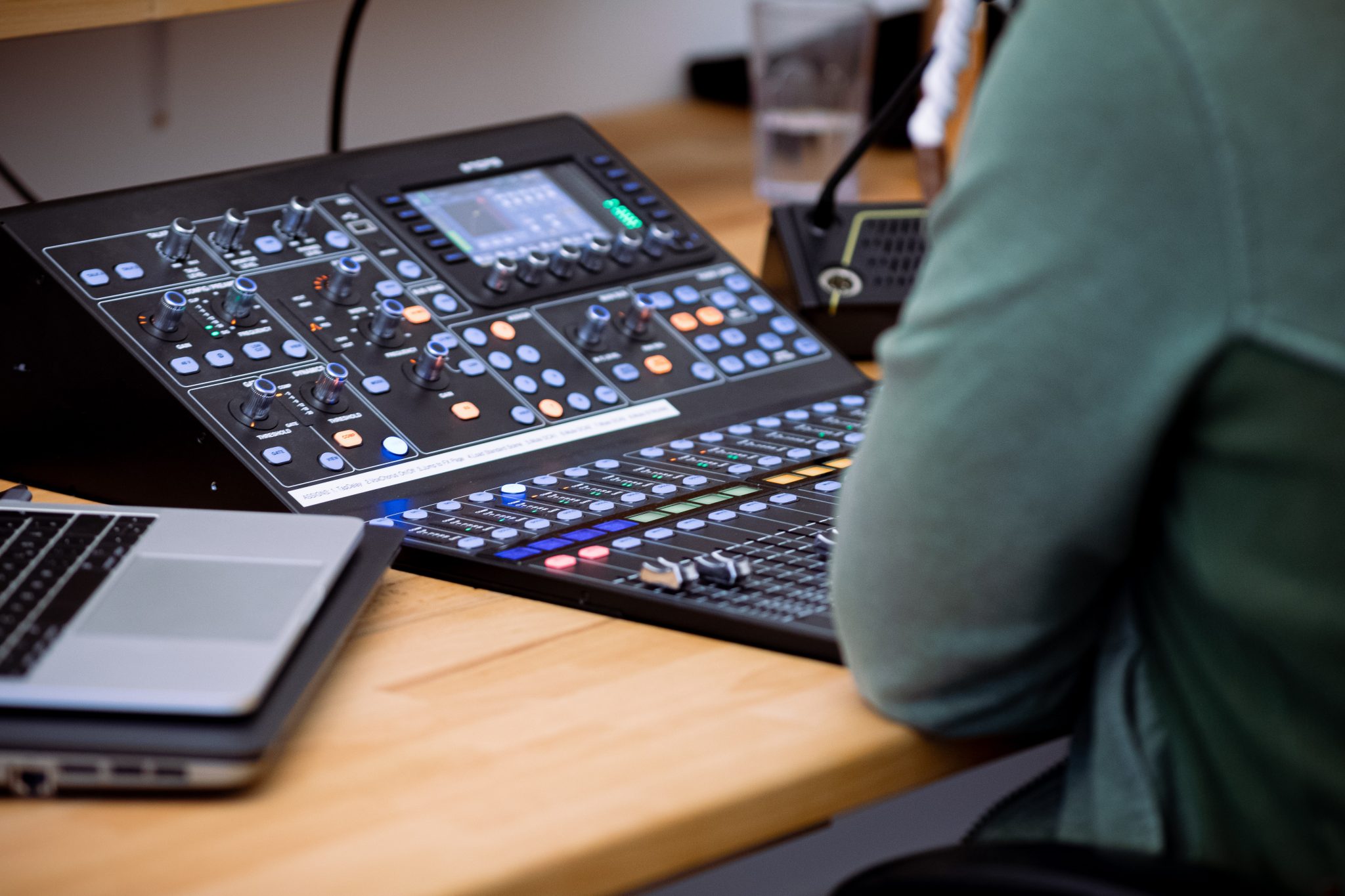Music Production: A Beginner's Guide
The way people approached music production about half a century ago is very different from today. The producer’s role has evolved over the years, and today saying you’re going to record professional-sounding music from your home does not sound absurd.
Thanks to technology, with just a computer or laptop and a cracked version of FL studio, you can produce a hit in the comfort of your living room.
Note: the core of the music production process is how you bring the sounds together for every track. It’s how you arrange and mix them, ultimately creating professional-sounding music.
Learn Music Online
Meet Amphy
The largest marketplace for live
classes, connecting and enriching
humanity through knowledge.




